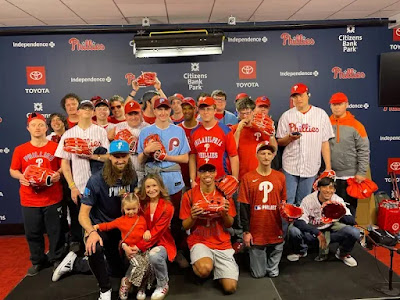W. Keith Williams II, Injury Attorney & Van Stone Radio-TV WVSR 1360 Presents Heroes of the Last Q Reading Captains With Roger Robbie the Reading Raccoon Video Film Show Episode 1- Director Van Stone & Voice-over Actor Chef Stone Van Stone Radio-TV Studio Phone (610) 803-1624 Email frontpagenews1@yahoo.com
WVSR, 13.60 Radio and Philly Funk Radio-TV, the Sound of Philly and Southwest Philly. You’re watching and listening to “Heroes of the Last Q Reading Captains With Roger Robbie the Reading Raccoon" Video Film Show Episode 2 featuring Actor Chef Stone (Voice-over) and Director Van Stone Host WVSR RADIO and Friends - and I, Van Stone, got some more great talk, news and music coming up.
Viewers and listeners, “like us on Facebook” or “find us on Facebook.” Search for the “Whitney Show” on Philly Funk Radio www.phillyfunkradio.com, Van Stone Radio www.wvsrwpmr.org, Phila. Front Page News www.fpnnews.org or “like us at Roger Robbie the Hip Hop Raccoon www.rogerrobbiehiphop.org and Van Stone Phila. Know Your Rights https://larkandbarksdaleinnocence.org/.” We’re also on Philly Funk Radio YouTube Channel and WVSR YouTube Channel.
It's Heroes of the Last Q Reading Captains With Roger Robbie the Reading Raccoon Video Film Show by Van Stone and Chef Stone. Episode 1. Watch!
Above: Heroes of the Last Q Comics Video Show Episode 1- Director Van Stone & Voice-over Actor Chef Stone
From the Law Office of W. Keith Williams II. Injured? Call Keith (610) 626-3855. Car Accident; Slip and Fall Accident; Limited Tort; Worker Compensation; Other Personal Injury. Make an appointment. https://www.injuredcallkeith.com/.


























.jpg)
